R90S: BMW’s best bike ever?

Although weights, measures, and currency are adjusted for a U.S. audience, colloquialisms and contextual references reflect this story’s origin on our sister site, Hagerty UK.
BMW Motorrad celebrates its centenary this year and reaches the landmark in fine health, with a varied range containing some brilliant bikes. But if a poll were held to choose the outstanding model of the German marque’s 100 years of production, there’s a fair chance the winner would be the R90S of 1974.
The half-faired R90S, finished in its striking smoked color scheme (gray originally, with this bike’s orange following as an option a year later), was seriously rapid, with handling, comfort, and refinement to match, and was arguably the finest superbike of its day. It cost twice as much as Honda’s CB750 and gave a huge boost to BMW’s distinctly staid image.
Decades later, a good example is still a joy to ride. As the road ahead unwinds in a gentle curve with 80 mph on the clock, the big boxer engine is spinning smoothly at 5000 rpm. I’m sitting comfortably, leaning slightly forward to slightly raised handlebars, my chest and head protected from the wind by the neat half-fairing.
The big orange tank is full, giving the prospect of 200 miles of non-stop riding. Below it I can see the motor’s trademark sticking-out pots, their valves’ gentle rustling almost drowned by a fruity twin-pot exhaust note. By modern standards the mechanical and exhaust sounds are loud, but they do nothing to mar the BMW’s aristocratic air.

The bike’s stability doesn’t falter as I bank through a series of curves, the suspension soaking up the bumps efficiently, and the tall-geared engine feeling relaxed and unburstable. Nevermind its generous fuel range, this bike gives the impression that it would cruise in comfort forever.
Such enduring characteristics should perhaps not come as a surprise given that BMW’s very first bike, the R32 of 1923, was itself a horizontally opposed twin – complete, like this one, with shaft final drive and that familiar blue-and-white badge on the tank. More than 50 years later, the R90S was the product of a process of boxer refinement that continues to this day.
The S and its unfaired sibling the R90/6, introduced at the same time, were derived more directly from the previous year’s R75 models. Enlarging the 745cc R75’s bore from 82 to 90 mm while retaining the 70.6 mm stroke gave a capacity of 898 cc. BMW also took the opportunity to make numerous engine upgrades including strengthening the bottom end plus fitting a revised gearshift mechanism and new alternator.
The S model differed from the humbler 90/6 by having a higher compression ratio and a pair of 38 mm Dell’Orto carbs with accelerator pumps in place of the basic model’s 32 mm Bings. Those mods helped lift peak power output from 60 hp to a claimed 67 hp at 7000 rpm – making the R90S competitive with everything on two wheels apart from Kawasaki’s mighty 82-hp Z1 four.
In addition the S model had a bigger, 6.34-gallon fuel tank, and twin front discs instead of just one, plus of course that handlebar-mounted fairing, which held a clock and voltmeter above the normal speedo and rev-counter. The fairing, tank, front mudguard, sidepanels, and the rear of the slightly stepped dual-seat were all visually brought together by that classy paint scheme of subtly changing tones.
To get the bike running you have to reach inside its fairing to the strangely placed ignition switch, then press the button to bring the boxer motor to life with its traditional side-to-side lurch from the longitudinal crankshaft. Despite its raised compression and big Dell’Ortos, the 90S is as refined and well-behaved as any of its BMW contemporaries.
Perhaps the most vivid sensation when riding the R90S decades later is how similar the old bike feels to more recent boxers. The tuned S model has a little less low-rev torque than the 90/6 but is still very flexible, its docile power delivery and relaxed cruising ability feeling typically BMW.

The R90S’s top speed of about 125 mph was impressive by mid-’70s standards, but perhaps more important was the ease with which the bike could sustain a high-speed cruise, thanks to its lack of annoying vibration and the way the fairing diverted most of the wind around the rider. Aftermarket fairings were available to do a similar job for other bikes, but no standard rival was as easy to ride fast as the Bavarian ’bahnstormer.
As with most classics, the BMW’s chassis feels more dated than its engine. Its front brake, a combination of tiny calipers and drilled 260-mm discs, require a firm squeeze of the lever to deliver much stopping power. (Even this set-up was an upgrade on the first-year model’s smaller discs.) At least the rear drum gives some welcome extra bite.
Handling and roadholding were excellent by the standards of the day, thanks to a conventional blend of steel twin-downtube frame, slim leading-axle forks, and a twin-shock rear end. This bike’s forks benefited from a brace, and its original shocks have long since been swapped for a pair of Konis.
Although the R90S feels tall and fairly soft, it combines its excellent ride quality with sufficient damping to encourage spirited cornering, without too much interference from the drive shaft. It steers with a pleasantly neutral feel, and stays stable at speed in a way that its Japanese superbike rivals do not.
The BMW matched its healthy power output with a respectably light weight of 474 pounds, which helped ensure that despite its gran turismo image there were few bikes that could stay with a well-ridden example. To prove the point, in 1976 expat British racer Reg Pridmore rode a standard-looking orange boxer to victory in the inaugural U.S. Superbike series.
The R90S was visually stunning, rapid, fine-handling, comfortable, refined … and a champion racer to boot. If you’re thinking of nominating another model as BMW’s best of these last 100 years, the bar is seriously high.
Check out the Hagerty Media homepage so you don’t miss a single story, or better yet, bookmark it.
***
1975 BMW R90S
Highs: Unique style, charm, and long-legged performance
Lows: The effort needed to slow from high speed in a hurry
Takeaway: For an exotic ’70s superbike, it’s great value now
__
Price: Project, $8300; nice ride, $12,900; showing off, $33,100
Engine: Air-cooled overhead-valve flat-twin
Capacity: 898cc
Maximum power: 67 hp @ 7000 rpm
Weight: 474 with fluids
Top speed: 125 mph
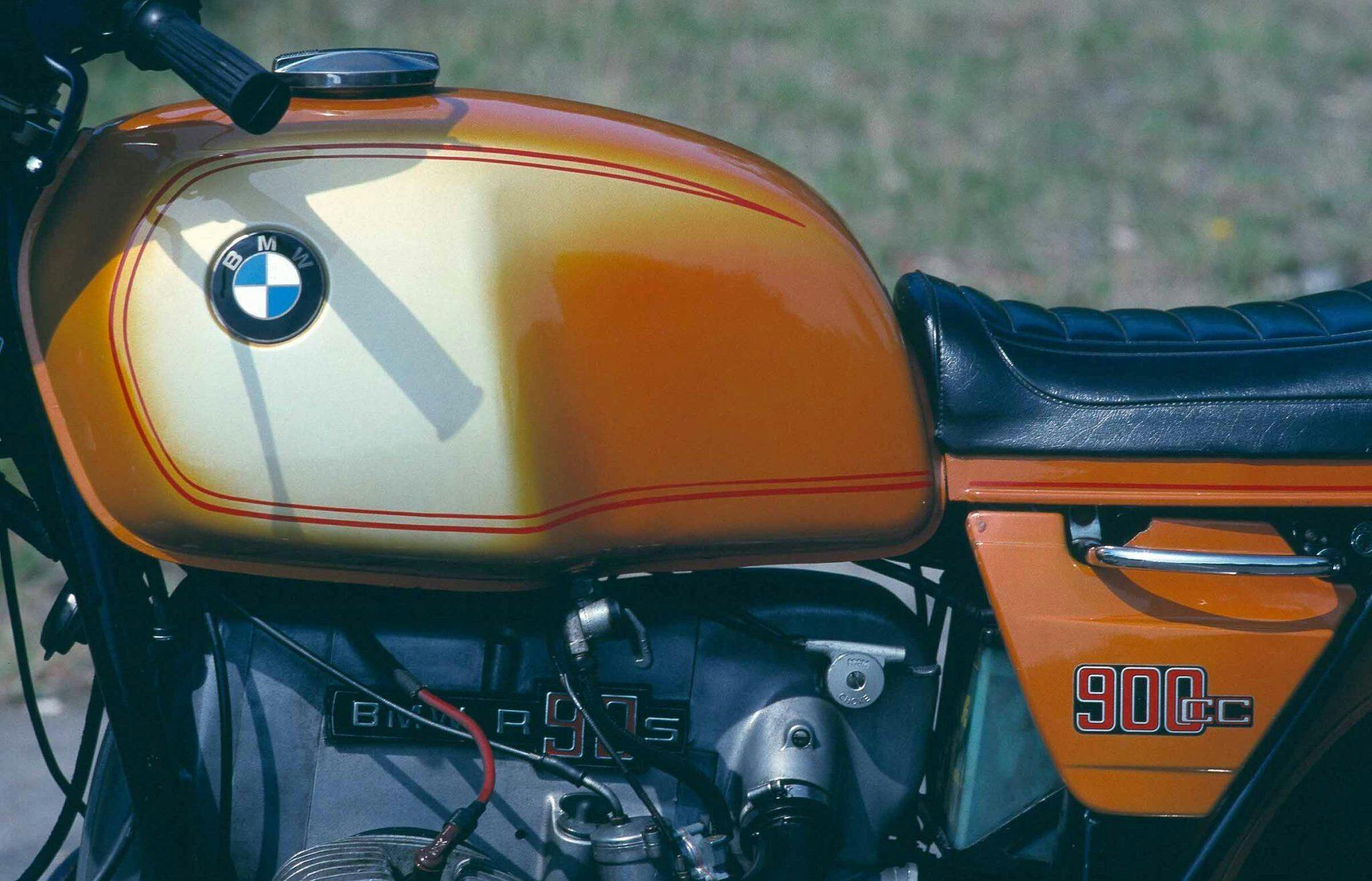
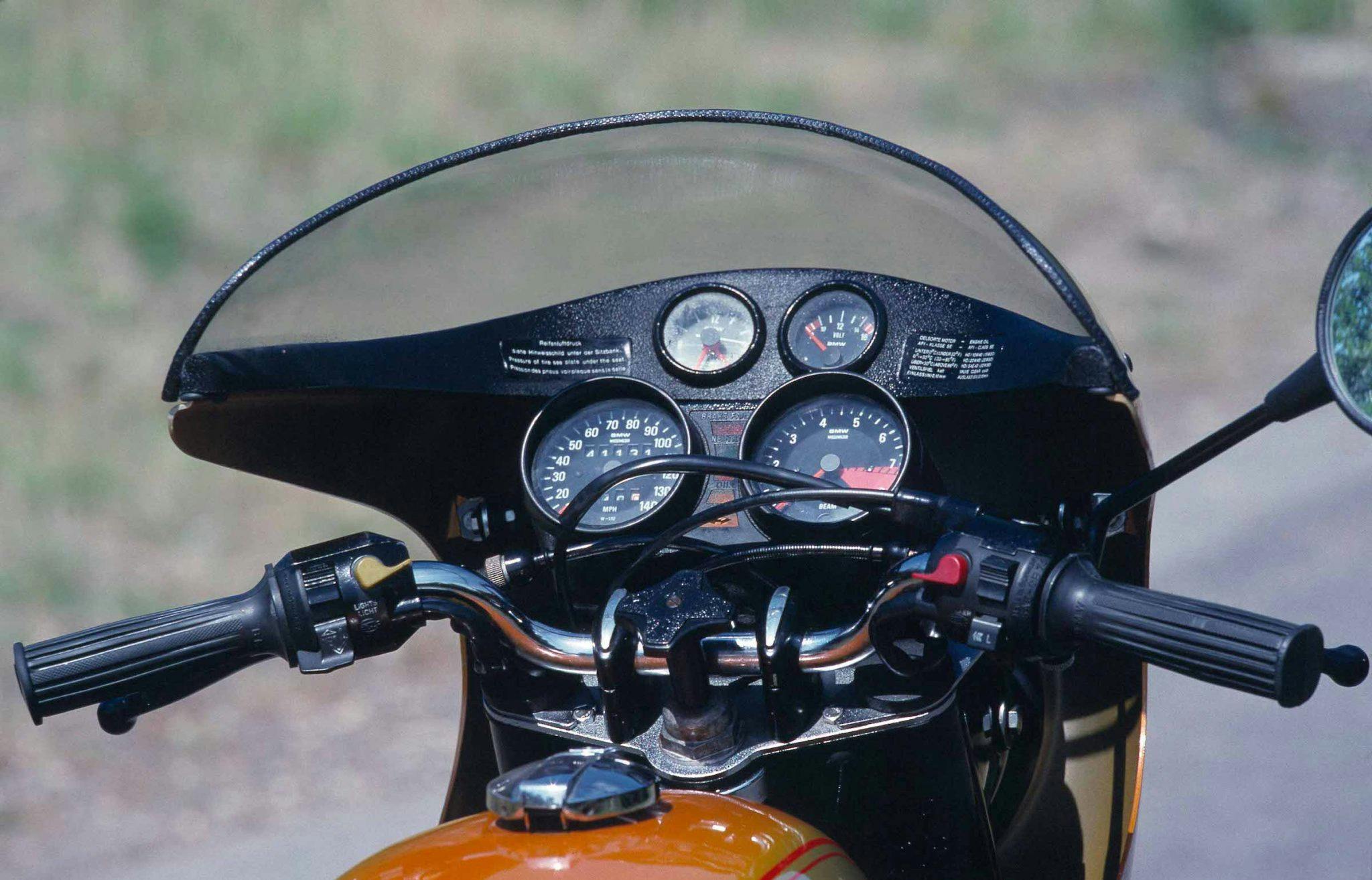
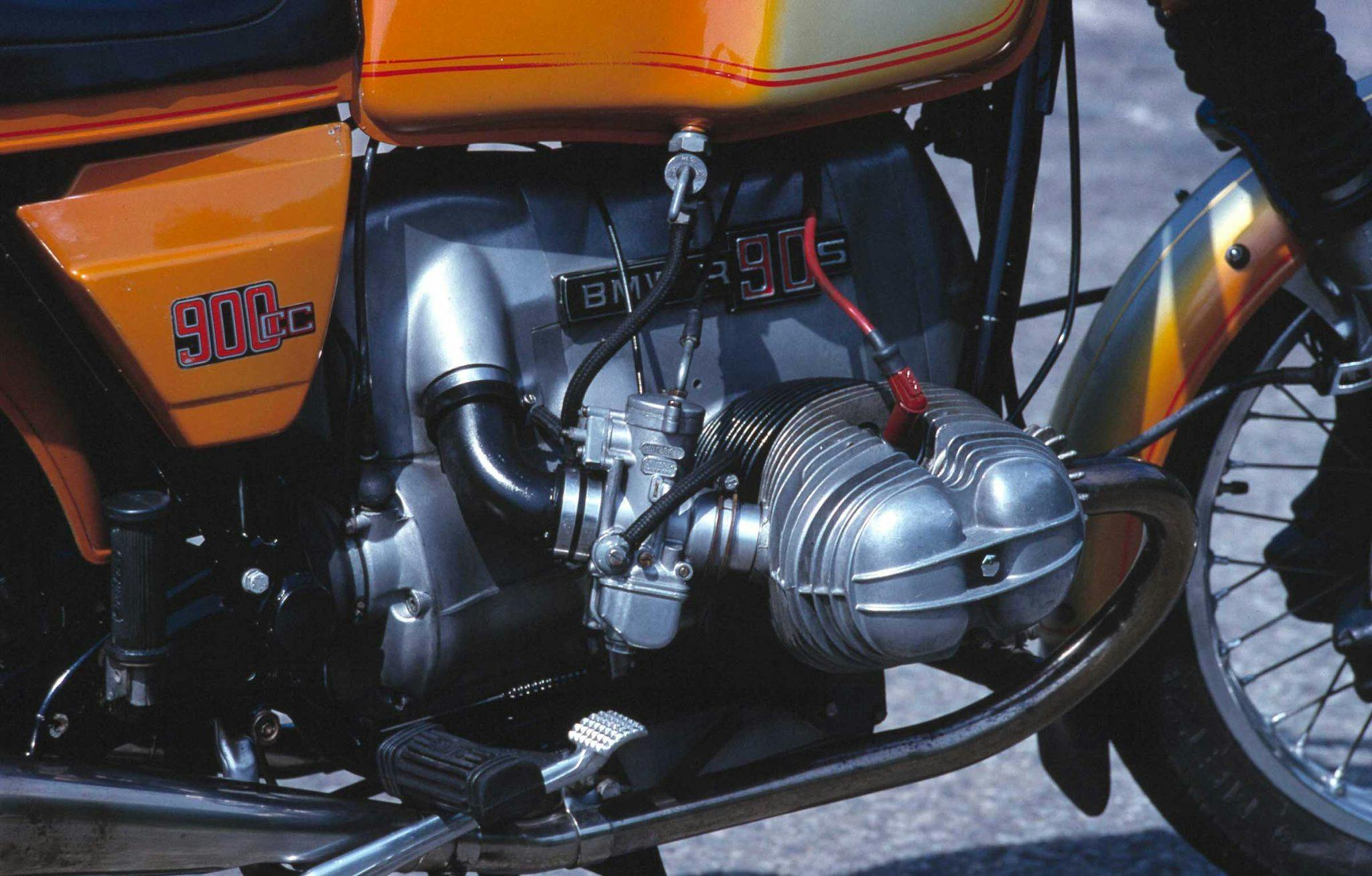
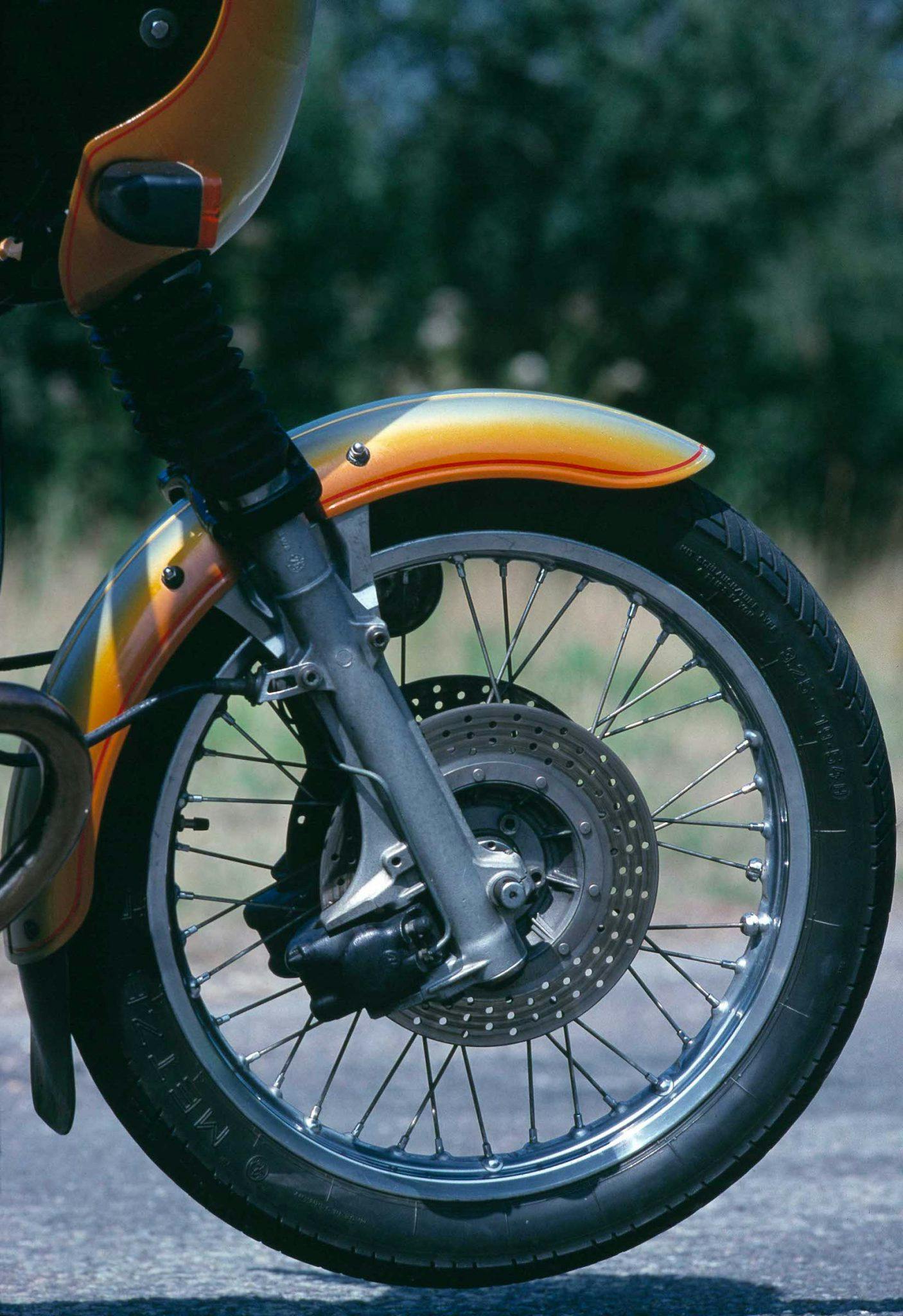
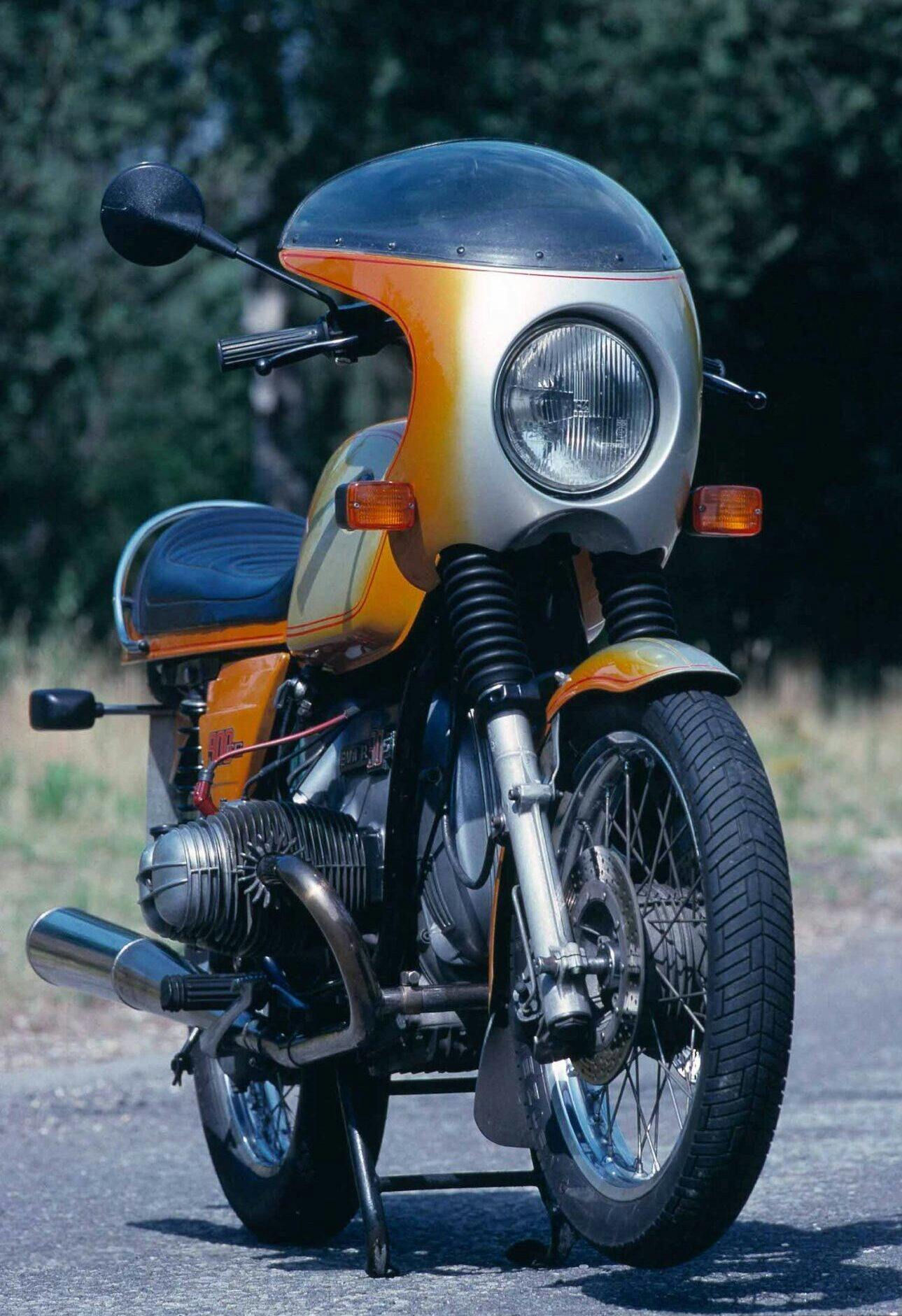
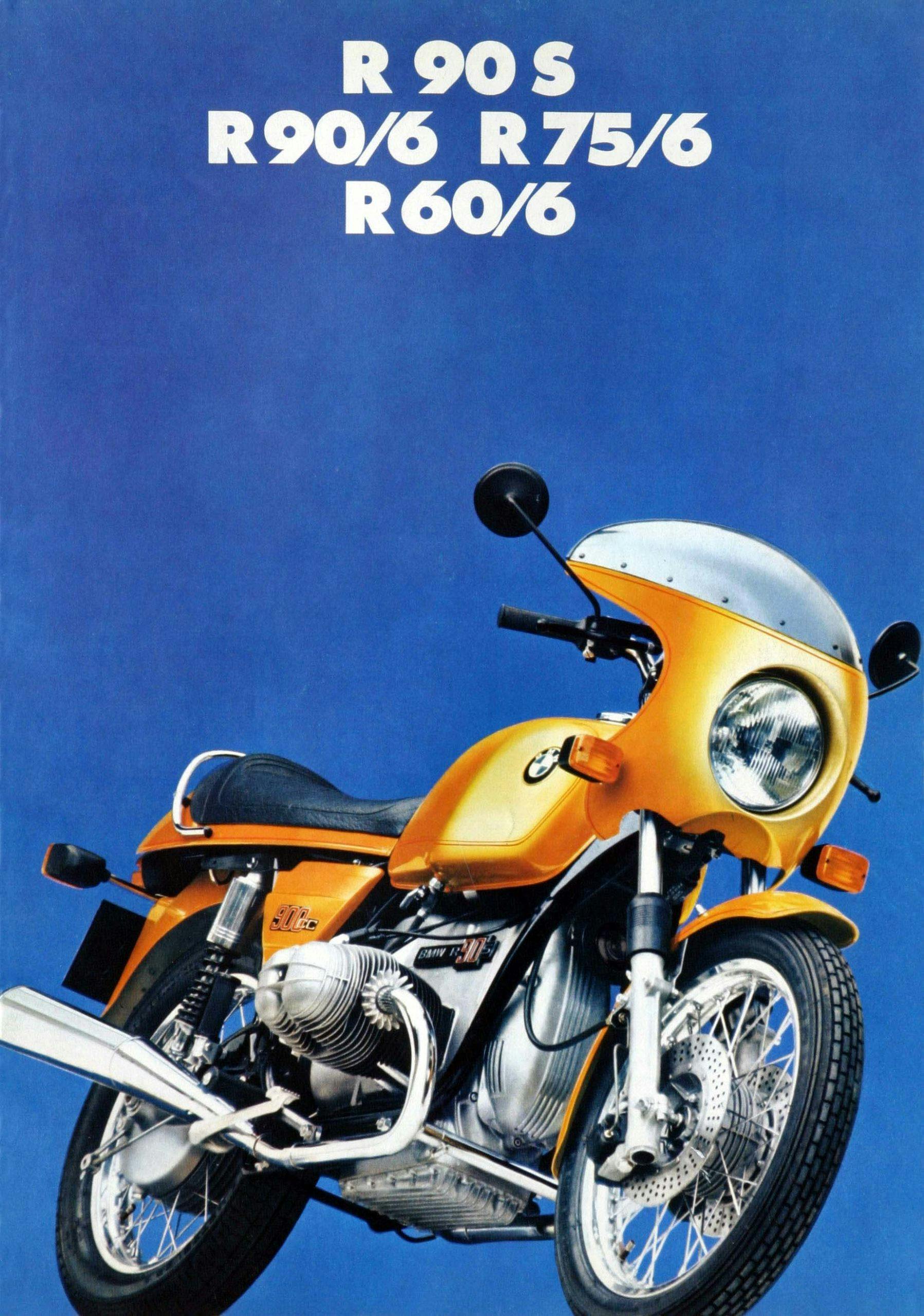
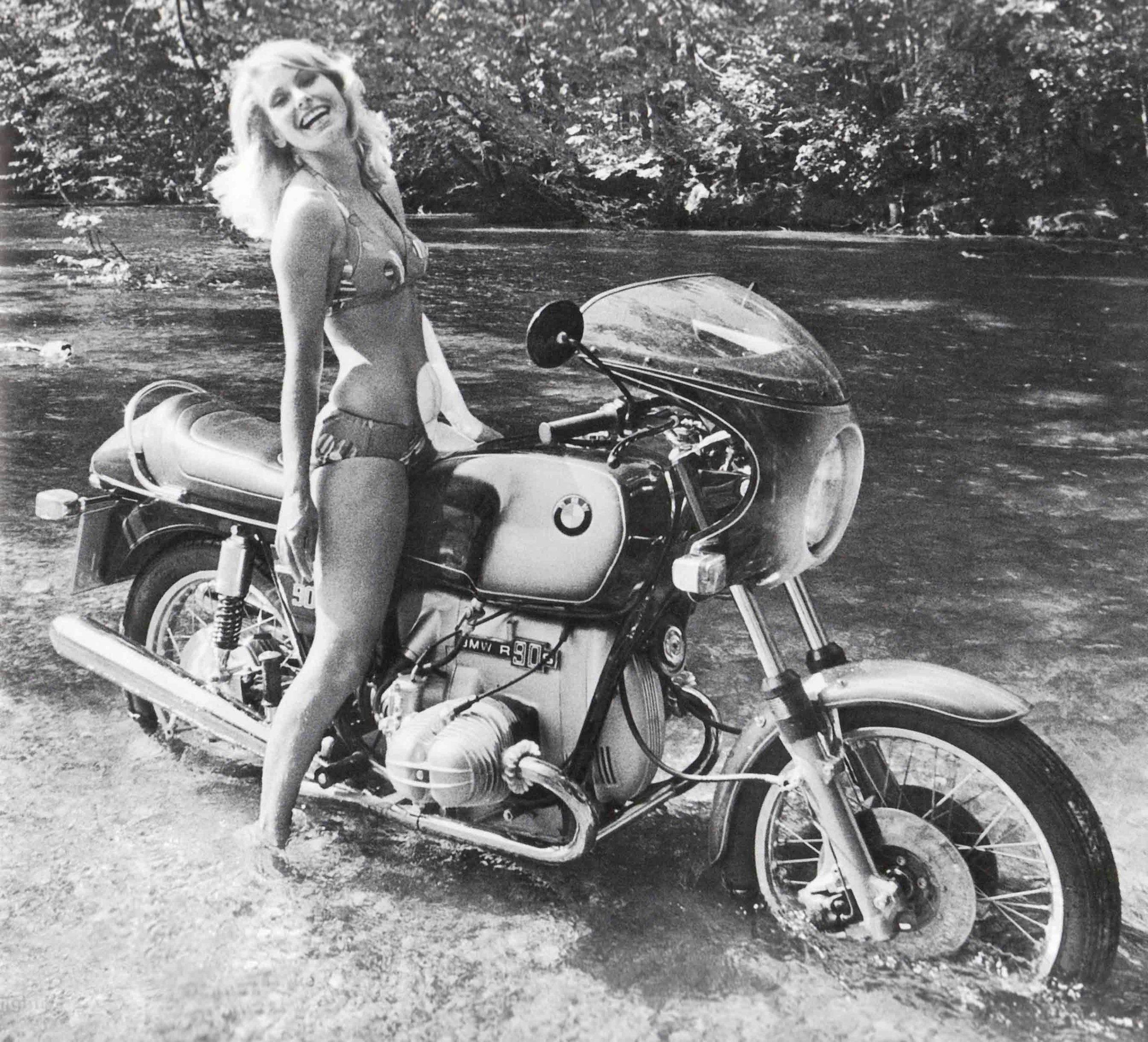
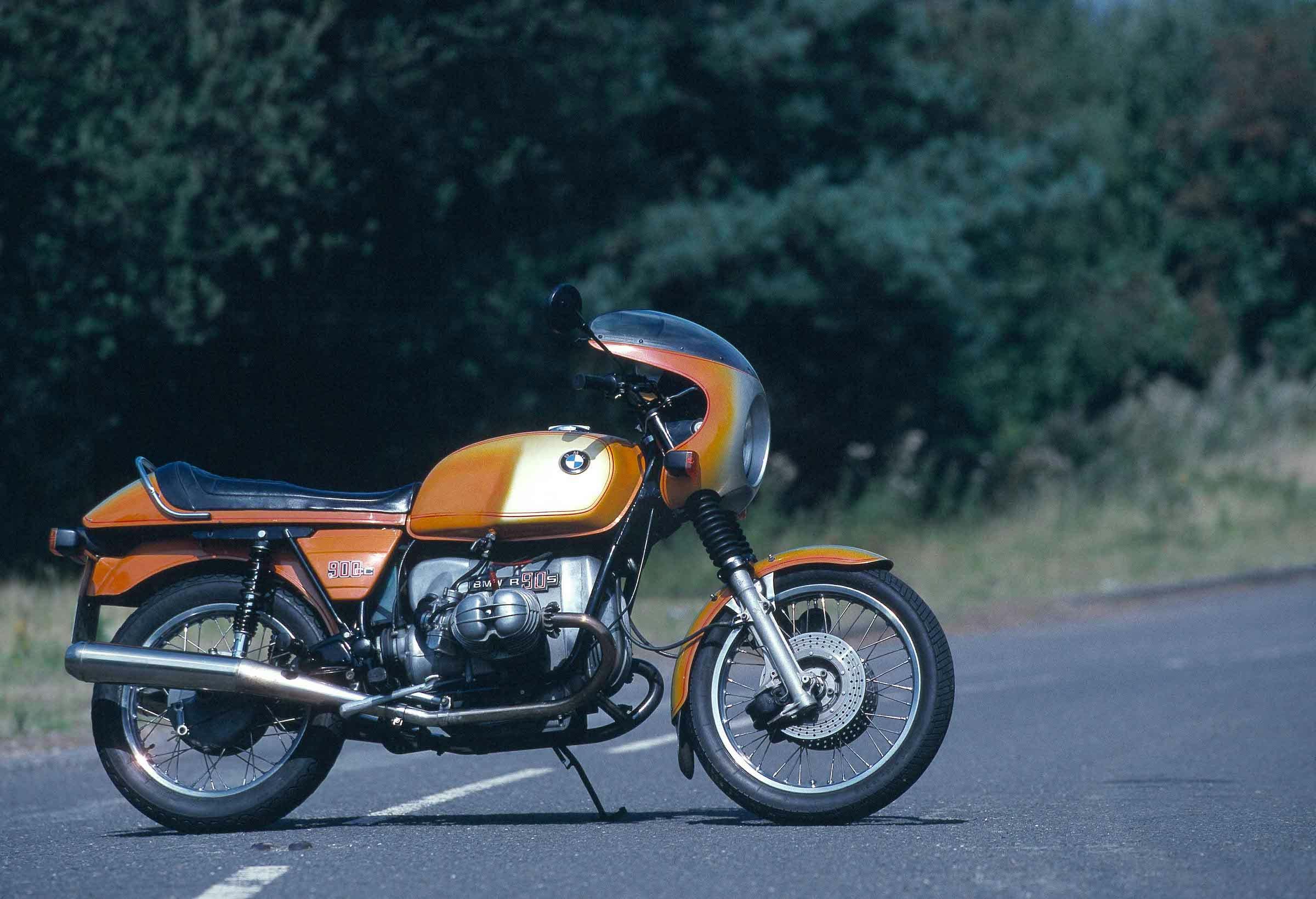
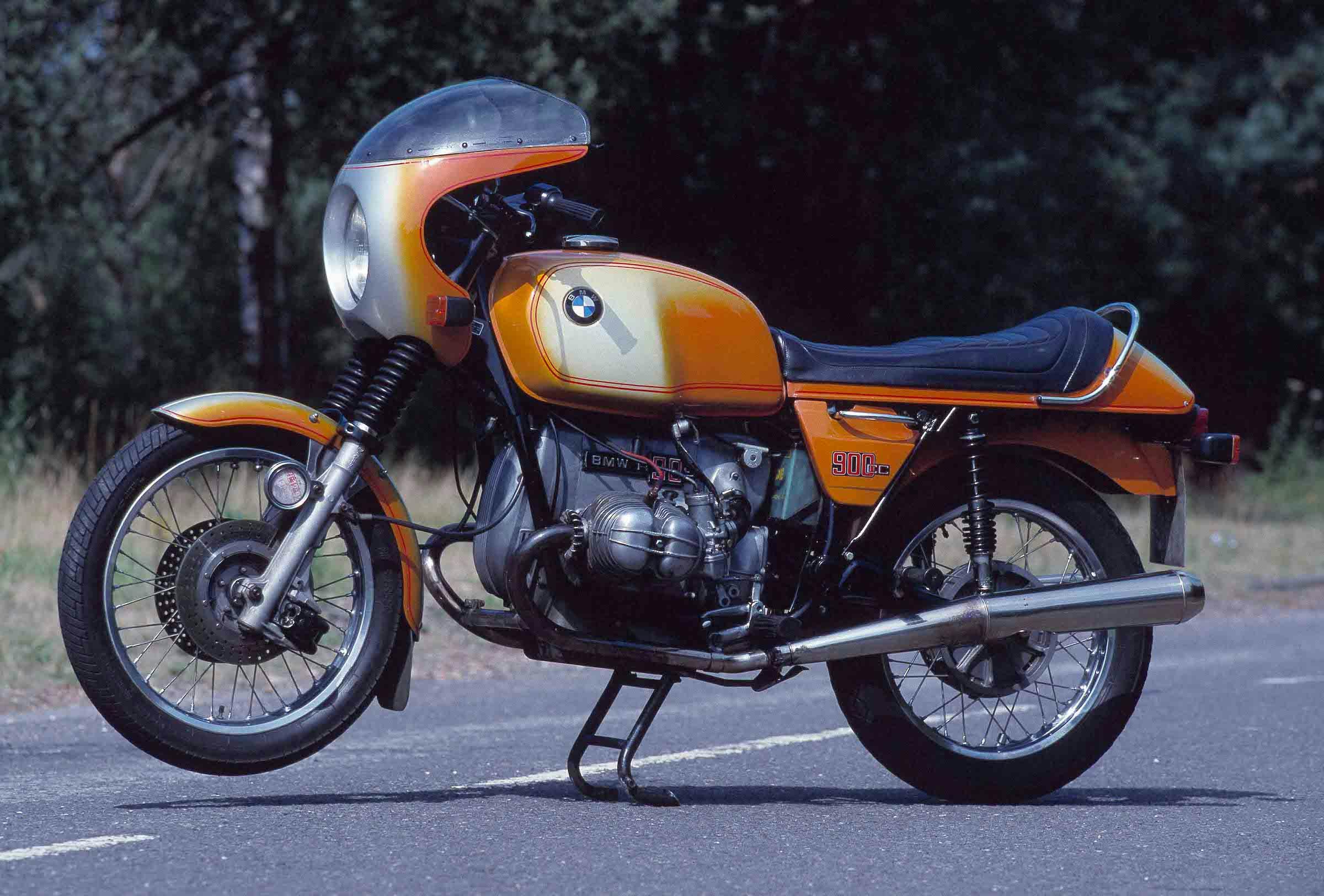
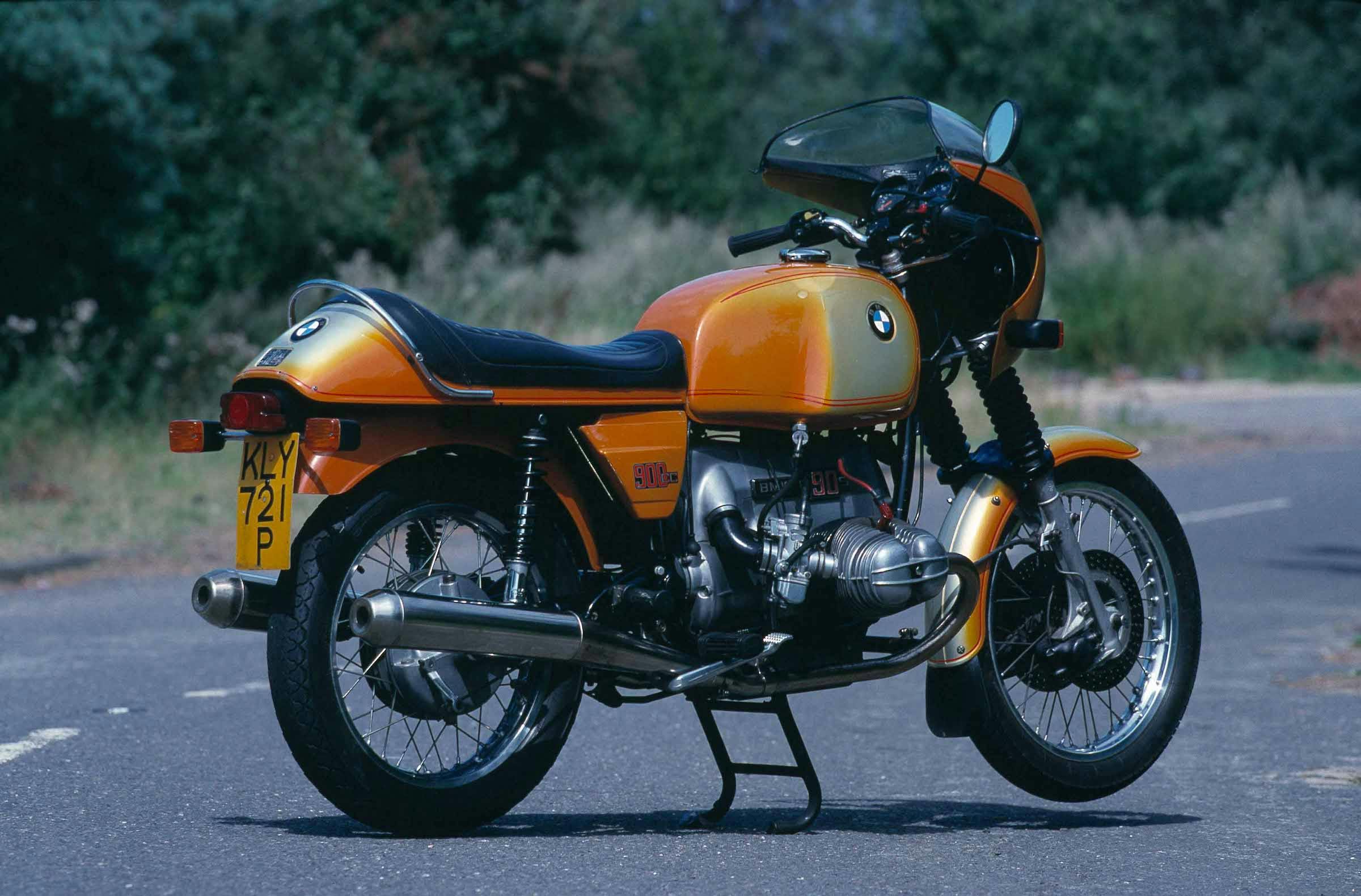

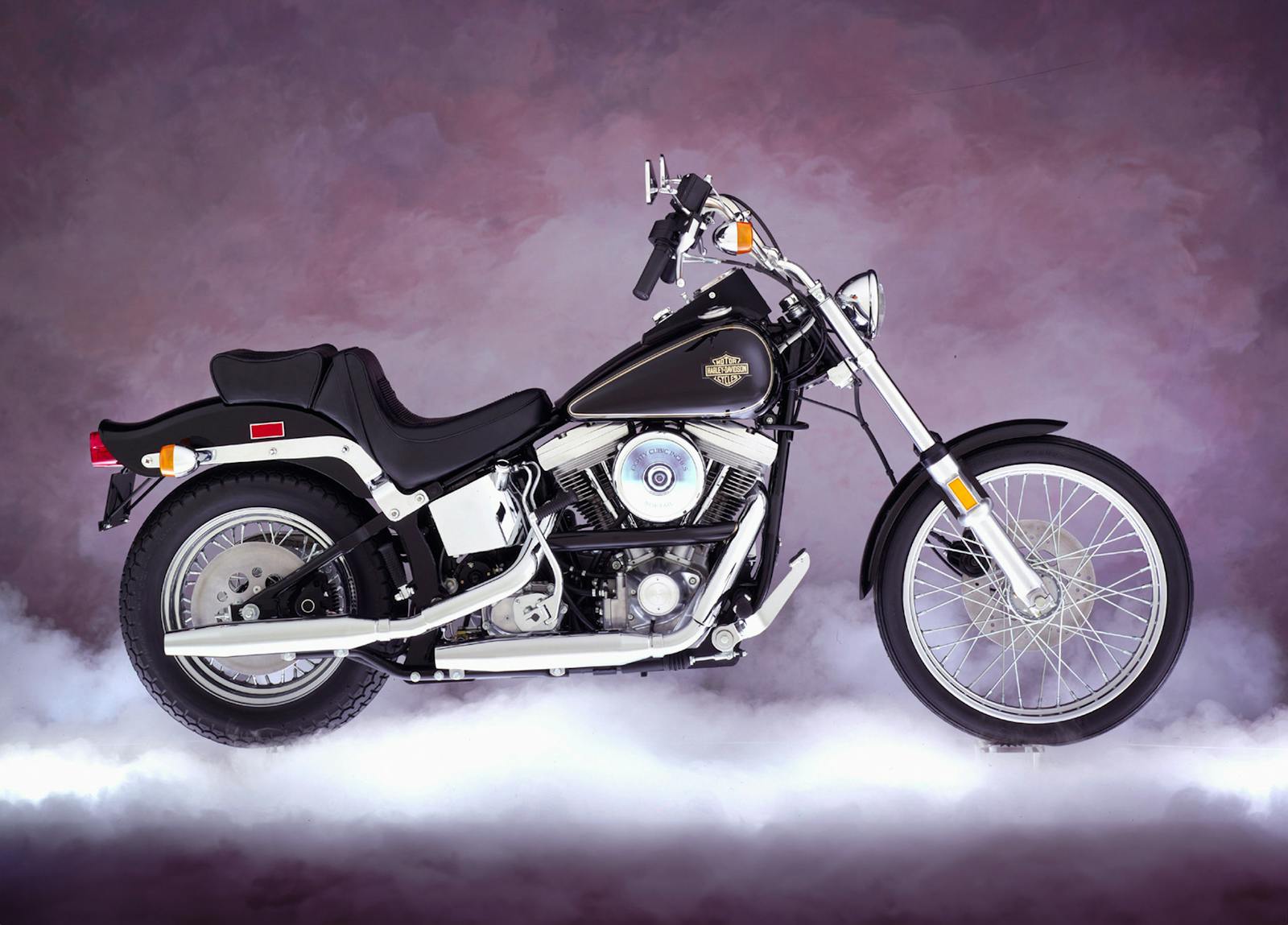
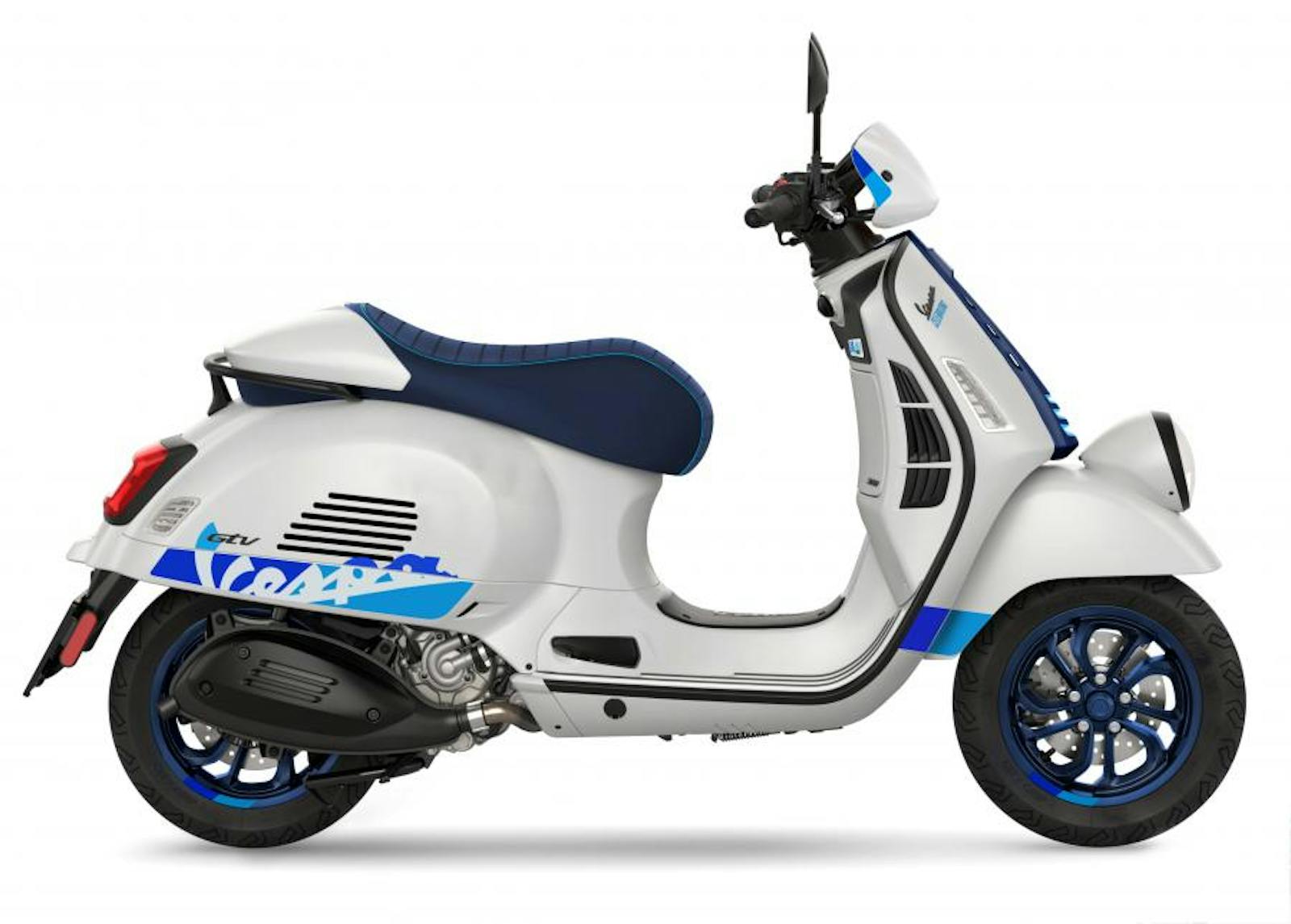
Just remember: there are quite a few counterfeit R90S out there for sale. Have an expert examine it before you give up cash. (Kinda like the Sunbeam Alpines that are turned into “homage” Tigers).
I have a ‘79 R100RT and an ‘82 R100RT both of which are pretty much box stock. I did some seat time on a ‘75 R90S before buying these, and I find them to be very similar to the R90S in performance that is seamlessly excellent. They aren’t super-fast, though they are certainly not slow. Mostly they feel very solid and refined. They both also seem as though they could last forever.